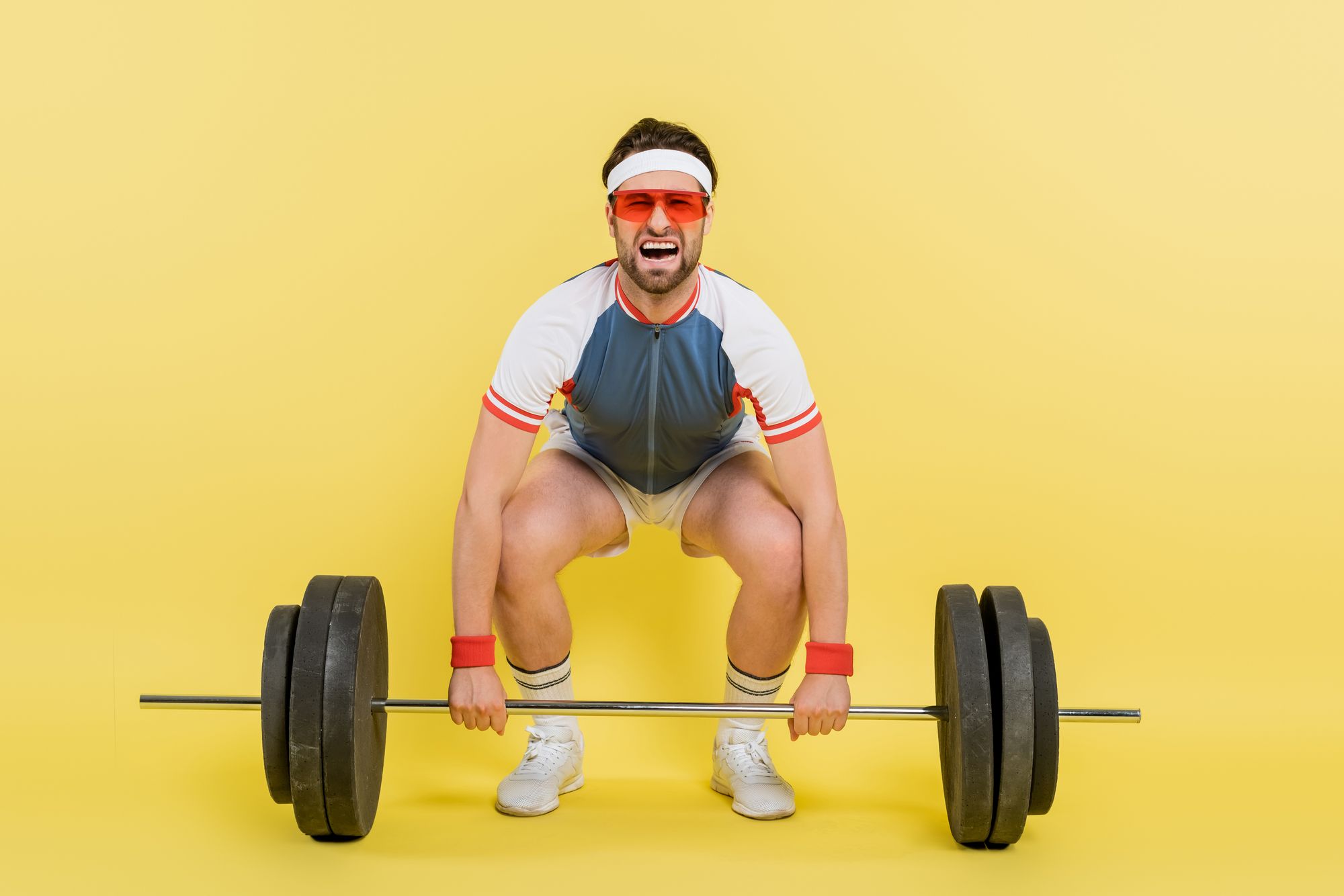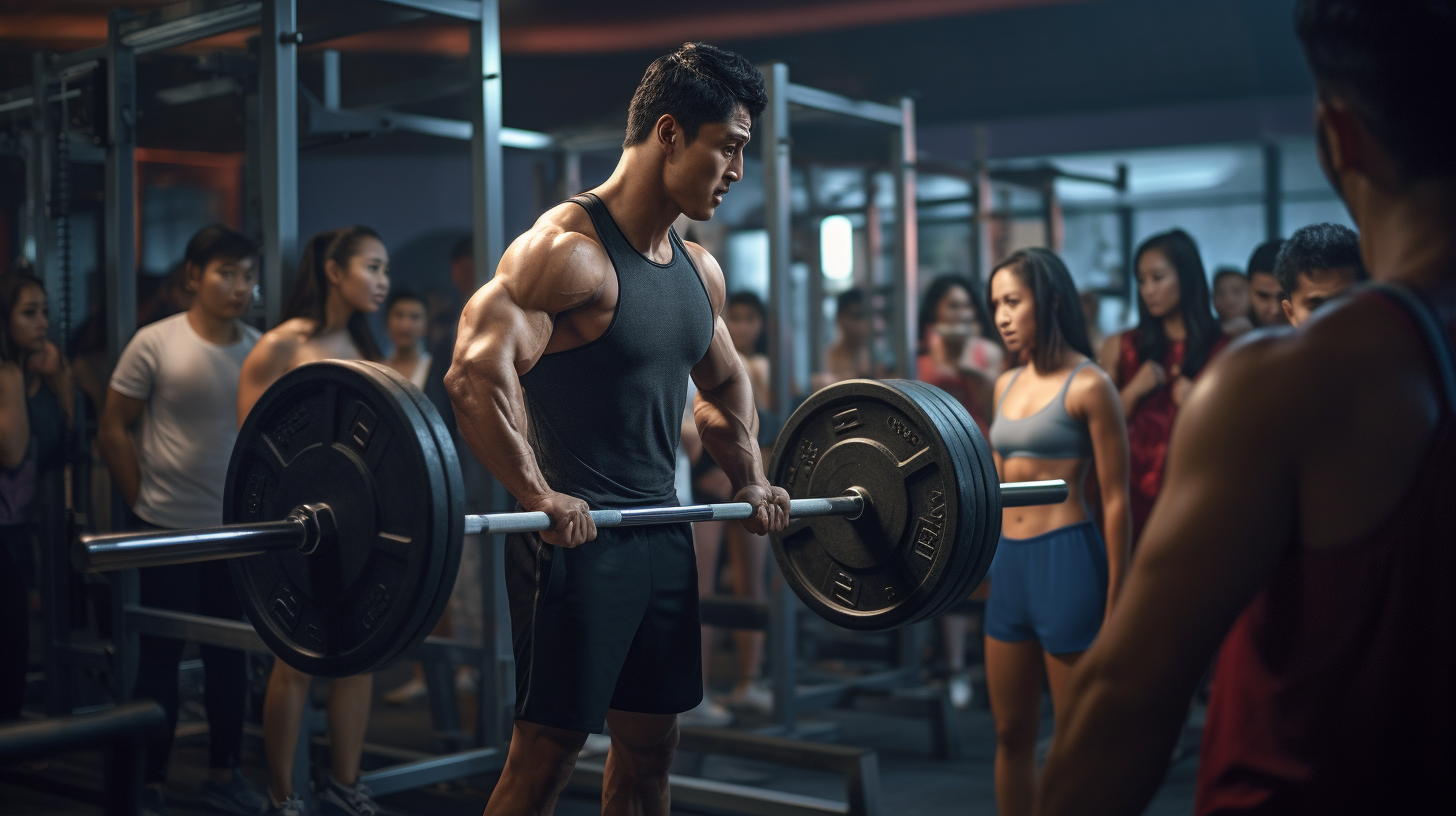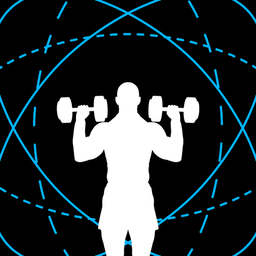Deadlift vs Romanian Deadlift: Which Is Better for You?
At first glance, the whole "deadlift vs Romanian deadlift" debate seems pointless — like comparing apples and oranges. But is it really? (No.)

You know how sometimes, you scroll through Reddit (r/Fitness) and see a question that makes you wince because of how — well, there’s no nice way to put it — dumb it sounds? E.g., does protein burn fat?
(Uh, no. It doesn’t.)
When we came across this, “Deadlift vs Romanian deadlift: which is better?” we initially winced. Then paused. And the more we thought about it, the more valid and profound the question seemed.
Which is better? Let’s find out.
Deadlift vs Romanian deadlift: what’s the difference?
For those of you who went, “Wait, deadlifts and RDLs are different exercises?” with shock mirroring Will Poulter in We’re The Millers (ah, what an iconic scene), here’s what you need to know.
The primary difference between the deadlift and the Romanian deadlift is your range of motion (ROM).
With the deadlift, you start from the floor, then pull the weight until you’re standing straight.
But with the RDL, you’ll:
So, while they’re both considered hip-hinge exercises, there are meaningful differences in the degree to which they target certain muscles. Which muscles, exactly?
A difference in muscle activation
Answer: the glutes and hamstrings.
See, the RDL places the most tension on your glutes and hamstrings when fully stretched (at the bottom).
This is a training stimulus that numerous studies — e.g., only doing the bottom half of the preacher curls resulted in 2.6x bicep growth than those who only performed the top half! — have now found to elicit greater muscle growth.
Learn more here:

Of course, this isn’t to say the deadlift won’t grow the glutes and hamstrings. It’s still an excellent posterior chain exercise.
It’s just that the nature of the movement doesn’t stretch the glutes and hamstrings as much since there’s more of a knee-bend involved (which more or less shifts the load to the quads).
Also, the deadlift would likely grow your back muscles, from the traps to lats to deeper muscles like the spinal erectors, better than the RDL simply because of how much heavier you can go on the former.
(Think about it: a 120-kg deadlift vs. a 120-kg Romanian deadlift. 🥴)
Now that you’ve gotten some context, we can properly move on to unpacking the OG Reddit question, “Deadlift vs. Romanian deadlift: which is better?” The answer boils down to 2 things.
#1: What’s your goal?
The RDL is arguably better for growing your glutes and hamstrings — but do you even care about that?
To help you reason through the decision, here are a few questions you should chew on:
- Are you looking for an “all-rounder” or a “glute + hamstring” exercise? If it’s the first, go with deadlifts; if it’s the second, go with RDLs. This also comes down to time availability. Without other isolation exercises, deadlifts offer more “bang for your buck” than RDLs, an absolute life-savior for anyone on a tight schedule.
- Would you like to compete in a sport where you must do the deadlift? Examples include CrossFit, powerlifting, and Hyrox. If you see yourself in those sports, then the whole deadlift vs. Romanian deadlift discussion becomes moot. Because you don’t have a choice.
#2: Can you do deadlifts?
The next consideration is arguably weightier when pitting the deadlift vs. the Romanian deadlift: can you do the deadlift?
While, in most cases, we’d tell you to tell anyone who says you can’t do something to (insert a word that starts with “F”) off and ...
... the unfortunate truth is that there is evidence suggesting that some people — 10% to 20% of the population —don’t have the anatomy to do deadlifts without risking injury.
The limiting factors:
- Spine thickness: A thicker spine can handle heavier weights.
- Hip structure: Thigh bones that sit further back in the hip sockets make it tricky to get into the starting position of the deadlift (imagine the sockets acting like doorstops).
But how do you know if you’re amongst the 10%-20% without requesting an eye-wateringly expensive MRI at the doctor’s? You should first check your form and mobility (e.g., hip mobility and ankle mobility).
Work on your form till you’re 100% sure it checks out.
Then, if deadlifts still make your lower back feel like the Grinch on Christmas or something just doesn’t feel quite right, it could be a sign that the issue may indeed be anatomical.
In this case, go for the RDL. See if it’s friendlier on your lower back.
If it is, great! You no longer need to grapple with the whole deadlift vs. Romanian deadlift … thingy. But if it isn’t? Don’t worry.
There are tons of other back-, glutes-, hamstrings-, and quads-specific exercises you could explore.

Why treat deadlift vs Romanian deadlift as an either-or thing?
OK, but what if you’ve mulled over the 2 considerations for quite some time but still don’t have a clear preference for either?
Here’s a bold suggestion: do both.
If you can and have the time to do both, why not include deadlifts and RDLs in your training program? They’ll complement each other.
That said, thanks to deadlifts’ demanding nature, you’ll need a little ✨ programming pizzazz ✨ to minimize your risk of overtraining and injuries. Tip: since they target many similar muscles, it’s best to space them out with 2-3 days in between.
Don’t want to do all the headache-causing planning work yourself? Want someone else to come up with the perfect, tailored workout routine for you?
GymStreak is just the thing you’re looking for.
Get a sneak peek of how GymStreak could help you here:
Workout Programming + Nutrition Tracking, Off Your Hands
*sigh of relief* We'll guide you through it all — step-by-step. Just download the app, and you'll be making progress toward your dream body like never before.
References
“Are Deadlifts for Everyone?” Men’s Health, 27 Sept. 2019, https://www.menshealth.com/fitness/a29265805/should-you-deadlift/.
Maeo, Sumiaki, et al. “Triceps Brachii Hypertrophy Is Substantially Greater after Elbow Extension Training Performed in the Overhead versus Neutral Arm Position.” European Journal of Sport Science, vol. 23, no. 7, July 2023, pp. 1240–50. PubMed, https://doi.org/10.1080/17461391.2022.2100279.
Pedrosa, Gustavo F., et al. “Partial Range of Motion Training Elicits Favorable Improvements in Muscular Adaptations When Carried out at Long Muscle Lengths.” European Journal of Sport Science, vol. 22, no. 8, Aug. 2022, pp. 1250–60. PubMed, https://doi.org/10.1080/17461391.2021.1927199.
Sato, Shigeru, et al. “Elbow Joint Angles in Elbow Flexor Unilateral Resistance Exercise Training Determine Its Effects on Muscle Strength and Thickness of Trained and Non-Trained Arms.” Frontiers in Physiology, vol. 12, 2021, p. 734509. PubMed, https://doi.org/10.3389/fphys.2021.734509.
Schellenberg, Florian, et al. “Towards Evidence Based Strength Training: A Comparison of Muscle Forces during Deadlifts, Goodmornings and Split Squats.” BMC Sports Science, Medicine and Rehabilitation, vol. 9, July 2017, p. 13. PubMed Central, https://doi.org/10.1186/s13102-017-0077-x.


